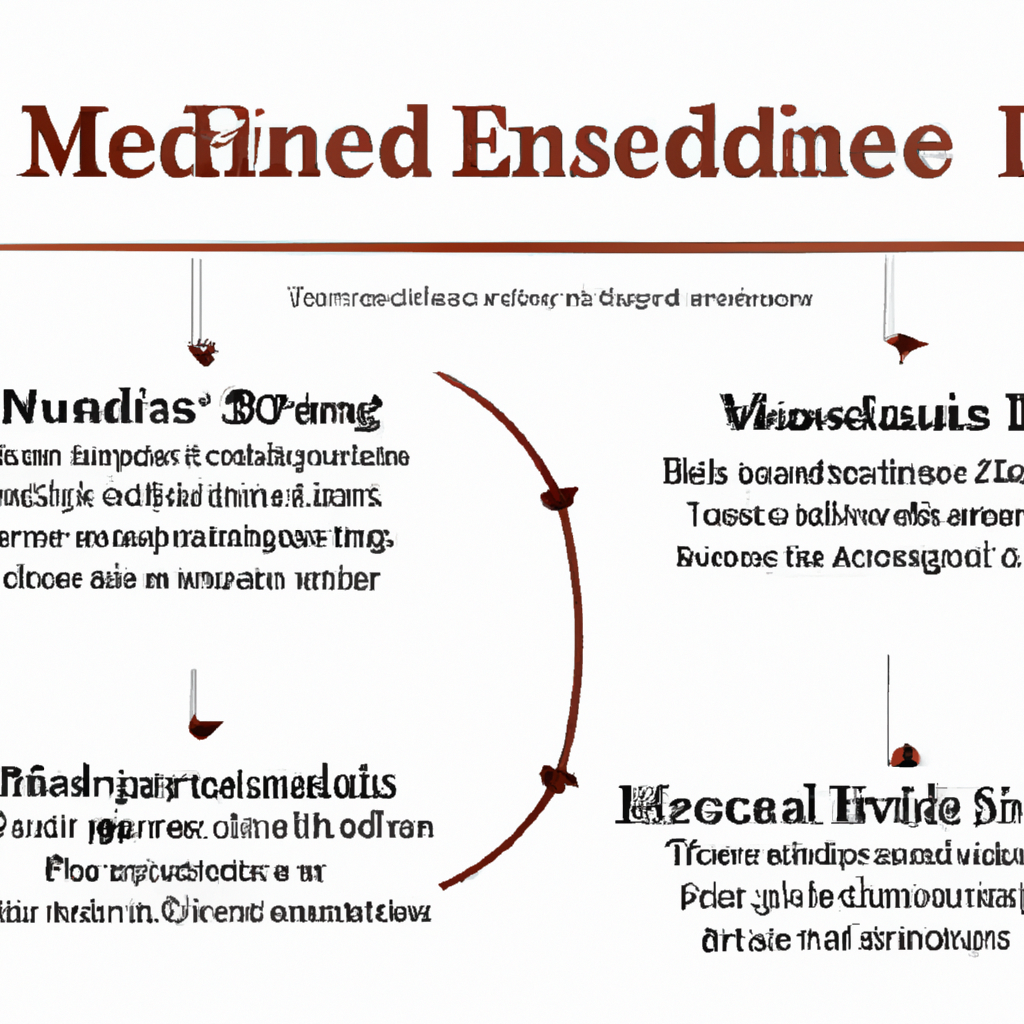End of Medicaid Continuous Enrollment and Its Effects
Following the end of the Medicaid continuous enrollment provision on March 31, 2023, significant shifts have occurred within the Medicaid program. Originally put in place in March 2020, this provision helped stabilize enrollment numbers during the COVID-19 pandemic by halting disenrollment activities. However, its conclusion has led to a substantial number of disenrollments from Medicaid.
As of September 12, 2024, at least 25,198,000 individuals have been disenrolled from Medicaid. The states display vast discrepancies in their disenrollment rates, varying significantly from 57% in Montana to just 12% in North Carolina. These variations are indicative of the diverse approaches and efficacy of state-level procedures in handling renewals and redeterminations.
Procedural Disenrollments and Federal Oversight
Approximately 69% of disenrollments are attributed to procedural issues rather than actual ineligibility. This typically encompasses failures in completing the renewal process or submitting the required documentation timely. The procedural disenrollment challenge points towards the need for enhanced awareness and support for beneficiaries during renewals.
Children have been disproportionately impacted by these procedural issues. Federal research indicates that nearly 75% of children disenrolled during this period may still be eligible for Medicaid, but lost coverage due to these procedural lapses. This stark statistic underscores the critical nature of addressing the procedural barriers and ensuring families are more effectively supported through the renewal process.
State Policy Varieties and Economic Implications
The Centers for Medicare & Medicaid Services (CMS) have actively monitored state eligibility redeterminations, issuing multiple guidelines to ensure compliance with federal standards. Additionally, the CMS has conducted audits focusing especially on vulnerable groups such as children and infants. The variation across states is further influenced by differences in policies, with some states utilizing automated systems for renewals while others rely on more manual processes. These differences contribute to the disparate rates of ex parte renewals and overall disenrollments across states.
Economic and budgetary pressures also play a crucial role in this landscape. As Medicaid involves joint financing by both federal and state governments, any fluctuations in state revenue growth significantly affect Medicaid funding. Sluggish state revenue projections could lead to increased pressure to curtail Medicaid expenditure and could potentially impact other social assistance programs. Given this financial strain, it is paramount for states to judiciously manage their resources while ensuring eligible individuals maintain coverage.
Completion of the Unwinding Process
The unwinding process, which involves comprehensive eligibility redeterminations for all Medicaid enrollees, is set for completion by June 2024. The timeline for this process varies by state, with each state concluding their unwinding periods at different junctures. As of September 2024, this effort is still ongoing, reflecting the extensive scope and complexity of re-evaluating eligibility for millions of individuals.
Ultimately, the successful completion of this unwinding process is critical to ensure that individuals who remain eligible for Medicaid can retain their coverage without disruption. Both state and federal agencies must continue to collaborate closely, providing clear communication to enrollees and sustaining robust oversight mechanisms to avoid unnecessary loss of coverage.














